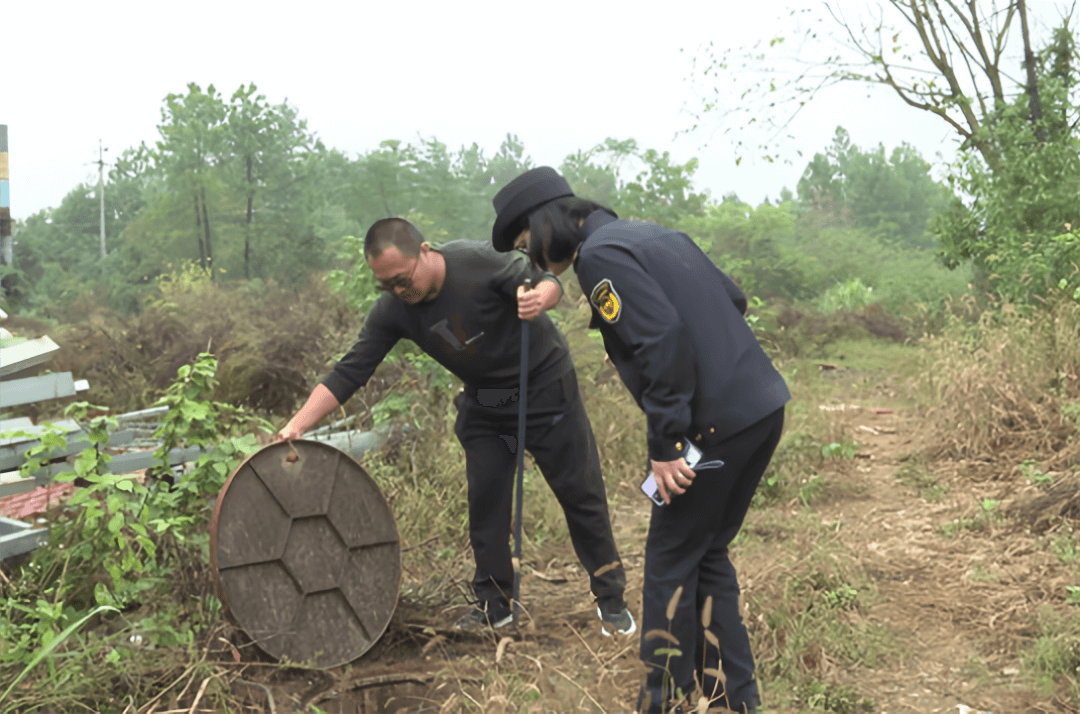The stability and functionality of sewage treatment plants are vital components in maintaining environmental health and public well-being. However, recent incidents, such as the paralysis of a sewage treatment system in Zhuzhou City, underscore the complex challenges faced by these facilities. Beyond concerns of insufficient sludge cultivation or carbon sources, the most pressing issue emerges from the impact of water, presenting potential nightmares for downstream sewage plants. With numerous reported cases highlighting the adverse effects of high-concentration sewage and unauthorized wastewater dumping, it becomes imperative to explore comprehensive strategies. From emergency response measures to technological advancements and effective early warning systems, this problematics aims to delve into the multifaceted aspects of water intrusion in sewage treatment, offering insights and solutions crucial for the resilience and sustainable operation of these critical facilities.
Key Takeaways:
1. Water Intrusion Risks: The article underscores the significant risks of water intrusion in sewage treatment plants, leading to potential system paralysis and economic consequences for downstream plants.
2. Emergency Measures: Proactive emergency measures, including timely reporting and tailored responses such as adjusting aeration and employing chemical treatments, are crucial when facing abnormal water inflow.
3. Resilience and Technology: To mitigate water intrusion impact, sewage treatment plants should enhance their warning systems, embrace technology, and stay updated on the latest processing advancements through industry exhibitions, such as Flowtech China. This highlights the importance of a comprehensive approach to strengthen system resilience.

Zhuzhou City’s Sewage Plant Paralysis Sparks Alarming Trend in Sewage Treatment Challenges
The sewage treatment plant in Zhuzhou City faced a critical issue—system paralysis. The impact of excessive water inflow has been a recurring nightmare for downstream sewage plants, leading to shutdowns and potential fines for regulatory violations. Recent reports from Hunan Environment Department shed light on one such incident in Zhuzhou City.
The environment department received alarming news on October 27 about a local domestic sewage plant’s treatment system experiencing sudden paralysis. Upon investigation, officials found the sewage in the facility to be disconcertingly black and odorous, rendering the treatment equipment ineffective. The main outlet showed no signs of operation.
This isn’t an isolated case; Hunan environment department has reported dozens of similar incidents within the last two years. Industrial enterprises contribute significantly to the problem, with unauthorized wastewater discharge causing severe issues for sewage plants across different regions.
Examples of these incidents include an enterprise in Huaihua transferring wastewater into a domestic sewage pipe network, disrupting a local sewage plant. Similarly, sewage treatment plants in Puyang, Suzhou, and Shandong Province faced challenges due to abnormal water quality and high concentrations of industrial wastewater.
The consequences for affected sewage plants are severe, ranging from equipment damage to fines imposed by environmental authorities. To minimize the impact of water inflow and respond effectively, sewage treatment plants must implement robust emergency measures.
In responding to abnormal water inflow, sewage treatment plants should promptly report incidents to local environment departments and retain water samples. Emergency plans should align with regulatory requirements, taking into account factors like chemical oxygen demand, ammonia nitrogen concentration, and total phosphorus concentration.
Effective early warning systems involve installing online monitoring equipment in upstream pipelines to detect abnormal emissions from industrial enterprises. This proactive approach allows sewage treatment plants to make process arrangements in advance, preventing excessive water outflow.
Flowtech China 2024: Innovations in Sewage Treatment Technology and International Collaboration
Improving technology is essential for staying ahead of sewage treatment challenges. Participating in industry exhibitions, such as Flowtech China, provides valuable insights into the latest processing technologies. This platform enables companies to showcase cutting-edge products and solutions, fostering international collaboration and enhancing the overall quality of sewage treatment practices.
As the 12th Flowtech China approaches in June 2024, industry professionals can anticipate an opportunity to explore innovative technologies, connect with global resources, and contribute to the ongoing improvement of sewage treatment processes.


